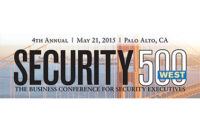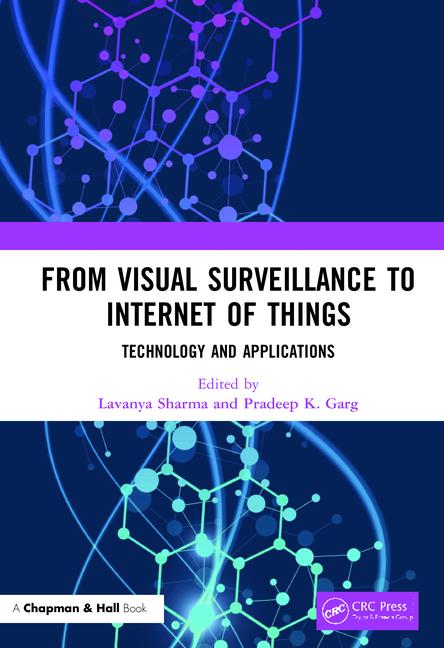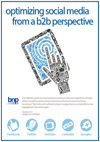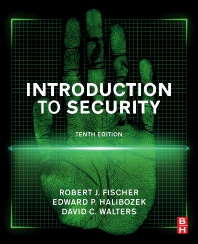Transitioning from Challenges to Solutions
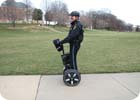
The response of the university faculty and students to the unique personal transporters has been very positive. For instance, the Student Police Aides provide escort services to anyone who calls in and asks for an escort across the campus or to their residence hall. Because of the units, the officers are able to quickly respond to escort calls, and student use has increased.
Like many police departments at large universities, the University of Maryland Department of Public Safety faces many challenges in providing a safe and secure environment on a sprawling urban campus. There are 32,000 full-time students at the University, and another 20,000 people who attend classes at night. The campus is the size of a not-so-small town—about 2,000 acres—and it contains both high-density student residence halls and less populated open park-like land.
According to Captain John Brandt, assistant bureau commander for the University of Maryland Department of Public Safety, the police department has always been open to new technology that improves campus policing, so when the Segway HT hit the market, he immediately took a look at it.
“We’d read about the Segway HT in several police magazines, and then Baltimore-Washington International began using them quite successfully to patrol the airport terminals,” says Brandt. “Our Chief, Ken Krouse, took notice of this, and his belief has always been that we owe it to our community to employ the latest and most effective technology. He made the decision late last year and we purchased six units early in 2006 and began training our officers. The longer we have these machines the more we find what we can do with them.”
WHO’S USING THEM?
Two of the police department’s six units are assigned to patrol officers in the Operations Bureau who use them during many of the more than 600 special events that the university police patrol each year.“We plan to work NCAA basketball and football games using them, and the units are currently used by our Student Police Aides in moving to and from their traffic posts and in conducting security escorts,” says Brandt. “We also have an alcohol patrol where teams may be used to patrol the parking lots looking for large violations of alcohol laws during large athletic events.”
“I’m a bike patrol instructor so I know that bikes have wonderful uses. But one of the drawbacks is that in really heavy pedestrian environments such as events the bikes don’t turn that quickly, can impede pedestrians because of their size and the officer’s head is often too low to get a good view over a standing crowd. With the Segway the officers stand a lot higher and they can see over the crowds. They can also turn in place; this makes them ideal for large-scale special events with very dense pedestrian crowds. We’ll use them this year on July 4th when as many as 100,000 people will come onto the campus for fireworks displays,” says Brandt.
Brandt also believes that the vehicles will come in handy for tactical medics to use during events. “We host Maryland Day which brought 75,000 people onto the campus to see more than 400 displays on the mall and in other places on the campus,” says Brandt. “We place two EMS ambulances down on one corner, but it is really difficult for the medics to get places quickly with their gear. So we’re looking at using the officers to respond on the units.”
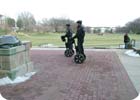
Two of the police department’s six Segway HT units are assigned to patrol officers in the Operations Bureau who use them during many of the more than 600 special events that the university police patrol each year. The University of Maryland decided to add the units to their patrol fleet after reading about their performance.
PROTECTION WITH THE UNIT
The other four units are assigned to the Student Police Auxiliary, which is in the department’s Support Services Bureau. This group is run by the police department, but employs students called Student Police Aides – about 75 percent of which are on law enforcement career tracks. “We use the Auxiliary to staff about 20,000 hours of security jobs all over the campus 365 days a year,” says Brandt. “For example, every night our athletic department employs us to make rounds to lock up their facilities, conduct door checks and make sure the field lights aren’t left on. We will use a Police Aide on a unit for that and it will require that the Police Aide travel a distance of up to 22 miles in a single four-hour shift. The job will be much easier using it.”The Student Police Aides also provide escort services to anyone who calls in and asks for an escort across the campus or to their residence hall. Brandt says that the biggest benefit is that such personal transport units cut the response time of the escorts. “If it takes the Police Aide a long time to get to the student or faculty member for the escort, then [the students] won’t use the service and they won’t feel as safe. They have cut our response times by a factor of four in some cases, and we are seeing higher use rates. Some Police Aides stay busy most of the evening doing the escorts.”
The response of the university faculty and students to the Segways has been positive. “We have 29 bikes and six motorcycles in our police fleet, so the students see the units as just another tool for us,” says Brandt. “The big difference is that when you’re on one all eyes turn to you and you’re very visible and approachable. This is a great benefit to our officers and Police Aides.”
SIDEBAR: Challenges and Solutions
The University of Maryland purchased six Segway units for use around the campus. The University’s Department of Public Safety had to solve a few problems, and chose to do so with the aid of the Segway units.The Challenge
- Provide a safe and secure environment for students and faculty
- Improve response times to calls for student security escorts
- Acquire six Segway HT i180 Police packages
- Use two Segway HTs to patrol large events
- Assign four units to Police Auxiliary Aides for facility checks and security escorts
- Better patrol coverage and greater officer visibility during on-campus events
- Improves officer interaction with students and faculty
- Reduces response times to calls for student security escorts
Looking for a reprint of this article?
From high-res PDFs to custom plaques, order your copy today!





